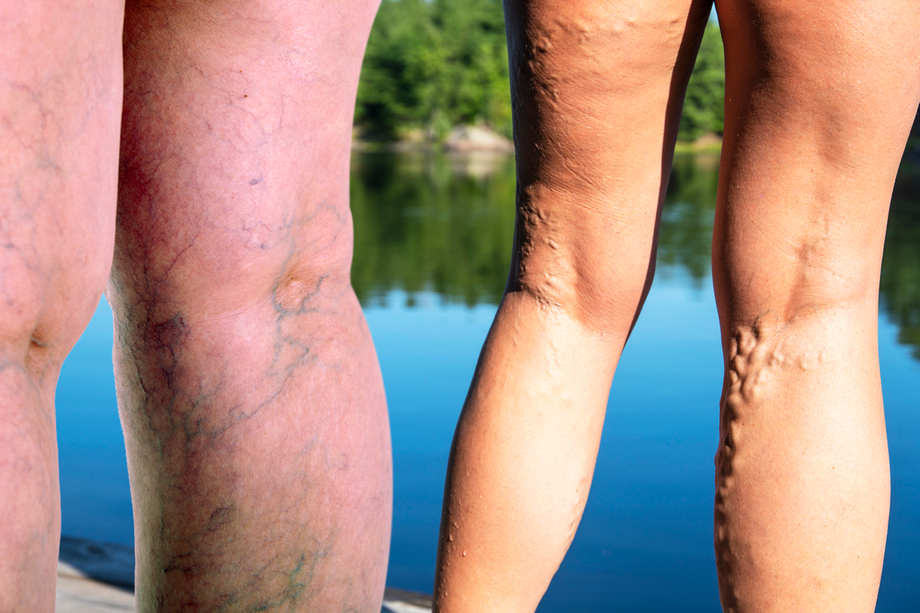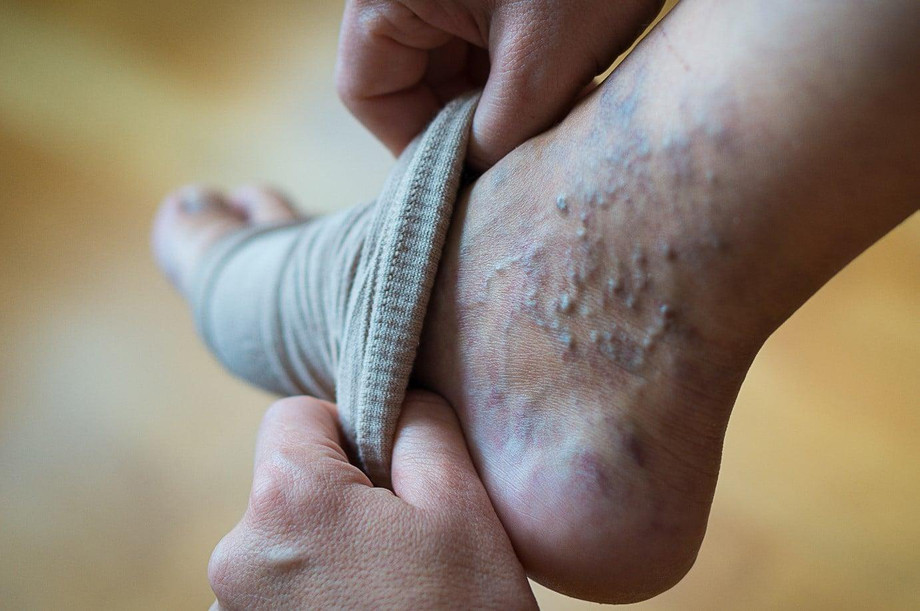Varicose veins are crooked, knotty, bigger veins. Any superficial vein may end in varicose veins. Usually, these veins affect the legs. The main reason behind their occurrence is standing for prolonged sessions because the walking raises the pressure in the veins of the lower body area. Such conditions require treatment from a physician. What kind of doctor treats varicose veins? A vascular physician is trained and expert in handling all types of vein diseases efficiently.
How to prepare for an appointment?
You need not make any special preparations before your appointment. Your doctor will examine your bare legs and feet so that he can diagnose your condition properly. He or she will figure out what treatment is perfectly suitable for you.
What type of doctor treats varicose veins?
After evaluating your condition, your GP (General Physician) may refer you to a vein doctor that is called a phlebologist who treats vein conditions effectively.
Diagnosis:
In order to have a precise diagnosis, your doctor will conduct a physical exam including examining your legs while they are swollen. Your doctor may inquire about the pain in your legs.
He or she can also prescribe an ultrasound test to examine whether the vein valves are working properly or not. During this examination, a physician will use a small device that is similar to a soap size against your skin over the affected area to examine it properly. The transducer delivers the images of the veins in your legs to a monitor and your doctor will be able to see them.
Treatment:
If you don’t get satisfactory results from self-care treatments or compression stockings, your doctor may suggest medical treatments that are listed below:
Sclerotherapy:
During this method, your doctor injects small and medium-sized varicose veins utilizing a solution or foam. The solution further scars and seals the veins. After a few weeks, treated veins start fading.
It may be possible that the professional may need more injections to treat the diseased veins. Sclerotherapy does not require anaesthesia. The procedure may be practiced in the doctor’s office.
Foam sclerotherapy of large veins: This method is appropriate for the bigger varicose veins. The physician will use foam to close and seal the diseased veins.
Laser treatment: Vein doctors use this advanced technology to treat small varicose veins and spider veins. Laser treatments function by sending strong bursts of light onto the affected veins. No incisions and needles are used during the treatment.
Catheter-assisted procedures: This process is based on radiofrequency or laser energy. During the treatment, your doctor inserts a catheter into an enlarged vein. He or she heats up the tip of the catheter utilizing radiofrequency or laser energy. When the tube is pulled out the heat damages the vein by making it collapse and seal shut. This treatment is chosen for bigger varicose veins.
Other than that, High ligation and vein stripping is a surgical procedure that is utilized by the physician to eliminate deep veins through small incisions.

